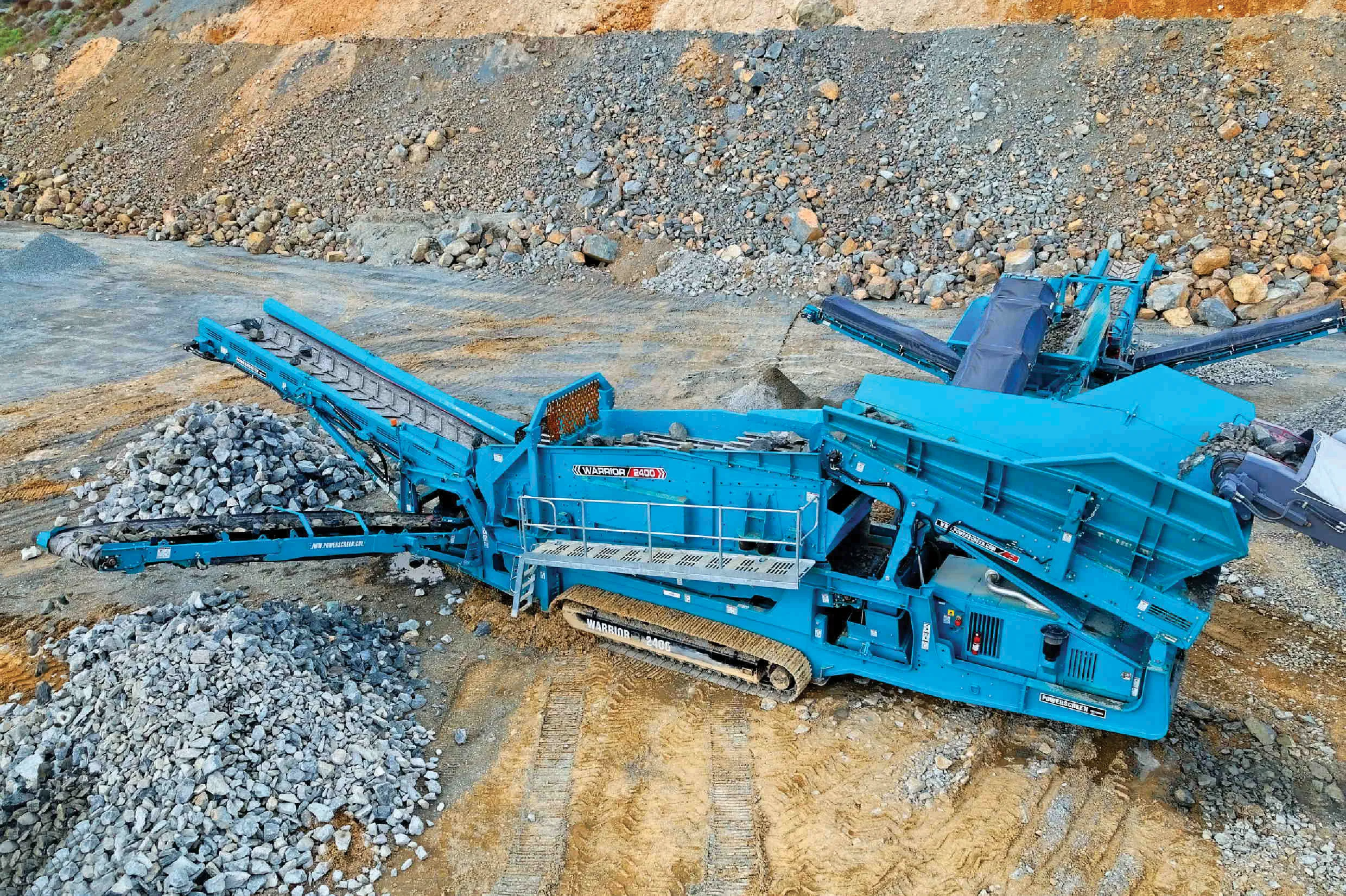Italian specialist INDUSTRY AMS has developed a range of modular redirective crash cushions. The firm’s Safety Modular Absorber (SMA) models are available in different specifications to suit varying applications. The company claims that its novel SMA crash cushions are the most compact absorbers available on the market and these units meet the European safety requirements of the EN 1317-3 standard.
June 28, 2013
Read time: 2 mins

Italian specialist 7403 INDUSTRY AMS has developed a range of modular redirective crash cushions. The firm’s Safety Modular Absorber (SMA) models are available in different specifications to suit varying applications. The company claims that its novel SMA crash cushions are the most compact absorbers available on the market and these units meet the European safety requirements of the EN 1317-3 standard.
These SMA devices are said to offer effective protection in case of impact and feature a simple construction. The reduced length allows installations to be made in tight spaces like tunnels and junctions. Following a standard impact the only components that need to be changed are the hexagonal cell panels, which helps reduce maintenance costs. Transportation and installation costs are low as the SMA crash cushions are delivered already completely assembled, while the manufacturing process is highly automated, helping to reduce purchase costs. The SMA crash cushions are available in three models: Parallel, Wide, and Large. The SMA 50 unit is designed for the 50 km/h speed class, having been tested in a head-on collision with a 900kg vehicle at 50km/h. The SMA 80 units meet the UNI EN 1317/3 regulations and have received a Class B homologation, as their ASI is between 1.08 and 1.28. The SMA 100 crash cushion also has low maintenance needs and can be replaced quickly if required. The SMA 100 crash cushions have obtained a Class B homologation, as their ASI is 1.25.
These SMA devices are said to offer effective protection in case of impact and feature a simple construction. The reduced length allows installations to be made in tight spaces like tunnels and junctions. Following a standard impact the only components that need to be changed are the hexagonal cell panels, which helps reduce maintenance costs. Transportation and installation costs are low as the SMA crash cushions are delivered already completely assembled, while the manufacturing process is highly automated, helping to reduce purchase costs. The SMA crash cushions are available in three models: Parallel, Wide, and Large. The SMA 50 unit is designed for the 50 km/h speed class, having been tested in a head-on collision with a 900kg vehicle at 50km/h. The SMA 80 units meet the UNI EN 1317/3 regulations and have received a Class B homologation, as their ASI is between 1.08 and 1.28. The SMA 100 crash cushion also has low maintenance needs and can be replaced quickly if required. The SMA 100 crash cushions have obtained a Class B homologation, as their ASI is 1.25.









